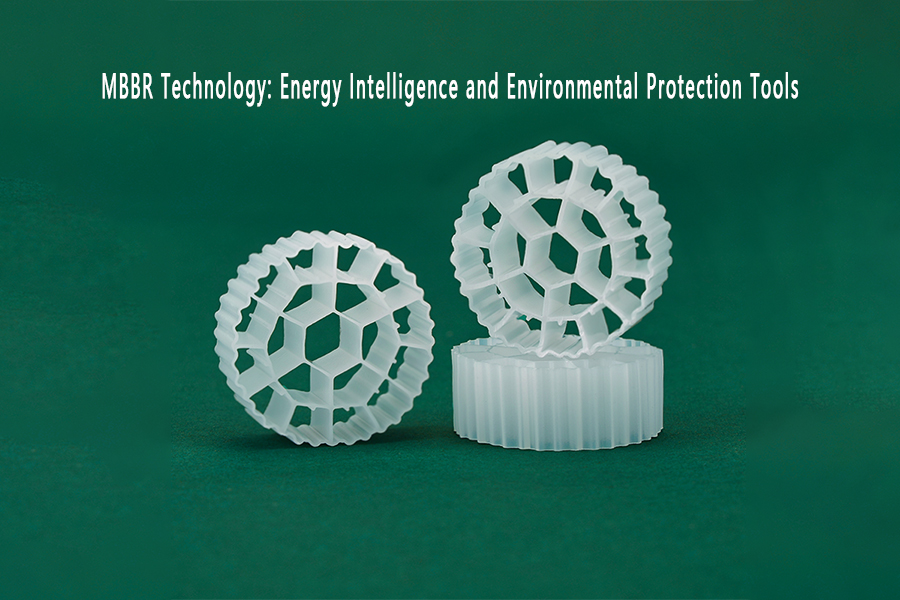 +86-15267462807
+86-15267462807
Water treatment refers to the physical, chemical, or biological measures taken to achieve a certain standard of water quality for use. Here are several common forms of water treatment:
Precipitation filtration method
Principle: The separation is achieved by relying on the self weight of particles and impurities in the water to sink.
Application: Commonly used in the treatment of large impurity particles in water, it is an ancient and simple water purification method.
Settling device belongs to the sedimentation filtration method in the physical processing form. Intermittent settler is a mechanical solid-liquid separation equipment that can effectively filter a large amount of suspended solids. Its main function is to separate solid particles suspended in water to achieve the goal of water purification. Settling devices achieve solid-liquid separation by reducing water flow velocity and setting obstacles to allow suspended particles to settle under gravity. Sedimenters are widely used in various industrial, agricultural, and domestic drainage treatments and are one of the common water treatment equipment.
Membrane microporous filtration method
It includes three forms: deep filtration, mesh filtration, and surface filtration.
Deep filtration: using a matrix made of woven fibers or compressed materials to retain particles through inert adsorption or capture.
Sieve filtration: A consistent structure that leaves particles larger than the pore size on the surface like a sieve.
Surface filtration: A multi-layer structure where particles larger than the internal pores of the filter membrane are retained when the solution passes through it.
Distillation
Principle: Heat water to turn it into gas, separate the low boiling point components or droplet components mixed into the gas phase, and release the low boiling point gas into the atmosphere. Non volatile impurities remain in the liquid phase and are discharged as concentrated liquid.
Application: It can remove any non-volatile impurities, but cannot exclude volatile pollutants. It consumes a lot of electricity and water, and requires someone to guard it, making it inconvenient to use.
Exceeding the filtration method
Principle: Using a semi permeable membrane with a large pore size of approximately 10-200A, it is impossible to control the removal of ions.
Application: It mainly excludes bacteria, viruses, pyrogens, and particulate matter, and cannot filter water-soluble ions. It is commonly used as a pre-treatment for reverse osmosis method.
Activated carbon adsorption method
Principle: Activated carbon relies on adsorption and filtration to remove organic impurities such as discoloration, odor, residual chlorine, and residual disinfectants from water.
Application: Activated carbon has a granular surface, porous interior, large surface area, and strong adsorption capacity.
Ion exchange method
Principle: Using ion exchange resin, inorganic salt anions and cations (such as calcium ions, magnesium ions, sulfate ions, etc.) in raw water are exchanged with anions and cations in the resin to achieve the purpose of softening or purifying water.
Application: This method is commonly used for softening hard water.
Deionization method
Principle: Similar to ion exchange method, cation exchange resin and anion exchange resin are used to exchange cations and anions using hydrogen ions and hydroxide ions, respectively, to form neutral water.
Application: The purpose is to eliminate inorganic ions dissolved in water.
Biochemical method
Principle: Utilizing various bacteria and microorganisms existing in nature to decompose and convert organic matter in wastewater into harmless substances, thus purifying the wastewater.
Applications: including activated sludge process, biofilm process, biological oxidation tower, land treatment system, anaerobic biological water treatment method, etc.
Example: MBBR (Moving Bed Biofilm Reactor) is a biochemical method in the form of biological treatment. It is a biofilm treatment technology that combines the advantages of traditional fluidized bed and biological contact oxidation methods. The principle is to apply the basic principle of biofilm method, by adding a certain amount of suspended carrier to the reactor, to increase the biomass and species of organisms in the reactor, thereby improving the processing load and capacity of the system. These carriers move with the water flow in the reactor, forming a moving bed. Biofilms attach to the surface of the carriers and utilize the metabolic processes of microorganisms to degrade and remove pollutants such as organic matter, nitrogen, and phosphorus from wastewater. The MBBR process has advantages such as high efficiency, flexibility, and strong adaptability, and is widely used in urban sewage treatment plants, industrial wastewater treatment, and domestic sewage treatment.

Electrodialysis method
Principle: Separate two different concentrations of saltwater with a permeable membrane, allowing solutes in the higher concentration saltwater to permeate into the lower concentration saltwater through the membrane. Adding an electrode can accelerate this process.
Application: High power consumption, easily damaged dialysis membranes, and rarely used after the emergence of reverse osmosis technology.
Reverse osmosis method
Principle: Driven by pressure, utilizing the characteristic of reverse osmosis membrane that can only permeate water but not solutes.
Application: The desalination rate can reach up to 99%, and the sterilization rate is greater than 99.5%. It can effectively remove impurities such as inorganic matter, organic matter, bacteria, and pyrogen dissolved in water.
EDI method (continuous electric desalination technology)
Principle: The ion exchange resin is sandwiched between the anion/cation exchange membranes to form an EDI unit, without the need for acid-base regeneration of the resin.
Application: Good environmental friendliness, commonly used in unit direct drinking water, campus direct drinking water projects, etc.
UV disinfection method
Principle: Use 254nm ultraviolet radiation emitted by a UV lamp for sterilization, and the DNA and proteins in bacteria will die when exposed to radiation.
Application: High efficiency, broad-spectrum, low cost, long lifespan, large water volume, no pollution, it is one of the commonly used disinfection methods.